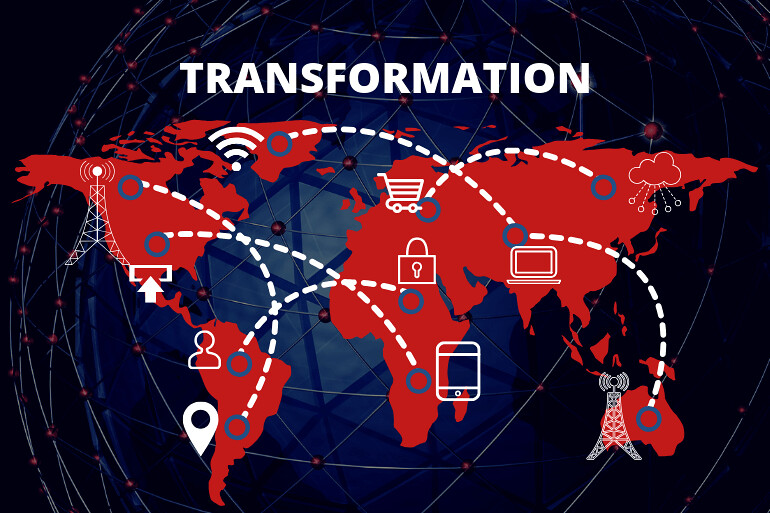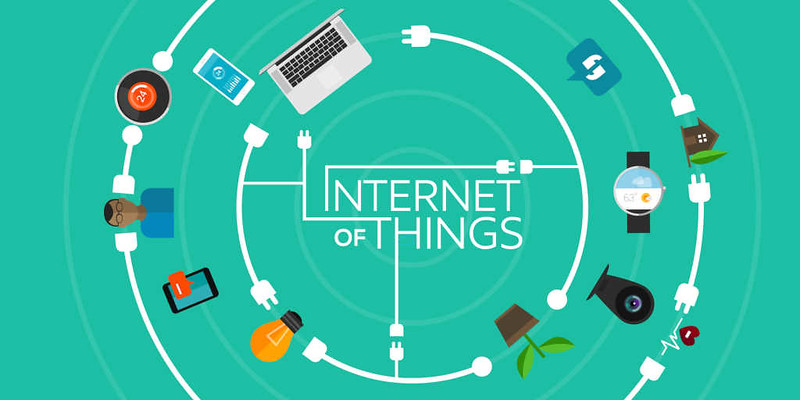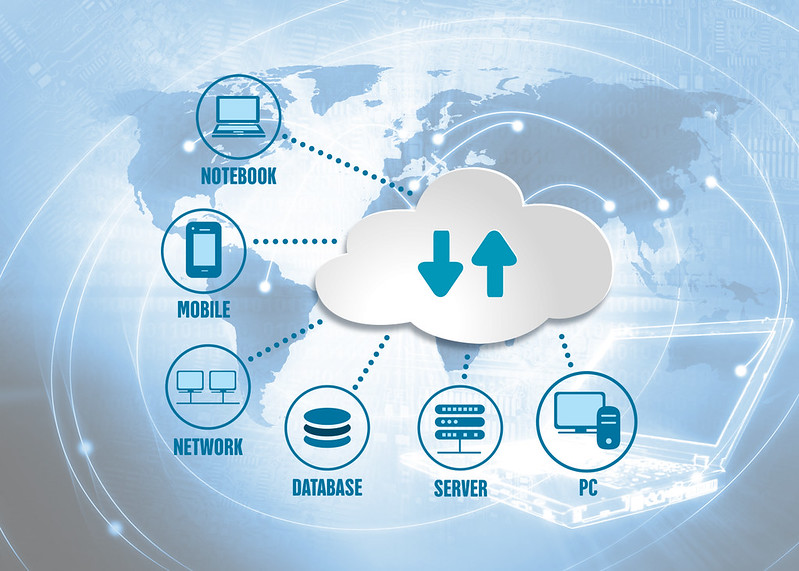In an era when the digital landscape is evolving at an eye-watering pace, the concept of enterprise network transformation is significant for organizations that want to remain competitive and agile.
As it is, modern enterprise networks are a complicated web of interconnected data, applications, and infrastructure. However, enterprises should not let this complexity be an excuse for unreliable service, security breaches, or network downtime.
With the many challenges that organizations and companies are navigating, from mergers and acquisitions to cloud expansion, along with the increased complexity of network technologies, understanding the factors driving enterprise network transformation is very important. The process might be a strategic one requiring a clear roadmap, but it also offers a whole lot of advantages to organizations that choose to make it a priority. This article examines the industry drivers behind the process, along with the challenges and benefits of each of them.
Digital Transformation
Enterprises with digital transformation initiatives require adaptive and agile networks to support the integration of new services, applications, and technologies. While the COVID-19 pandemic exposed the gaps in remote infrastructure, it also exemplified how speedily innovation can come around in times of emergency and need.
It is this continued requirement for secure remote access to corporate networks and business applications that has fueled network transformation needs. Since organizations recognize the competitive advantage of digital transformation, IT infrastructure and network requirements have stepped into the limelight.
Cloud Computing
According to research, big telecom companies will be spending nearly USD 1 billion each on network cloud transformation on average in the coming years. In fact, 46% of telecom network capacity is expected to be completely cloud-native in the next 3-5 years.
It is this growing shift toward cloud computing and cloud-based applications and services that demands networks with greater scalability, reliability, and bandwidth that can effectively and efficiently connect users to cloud resources. Enterprises beginning this process now, a.k.a. the early adopters, will reap the most benefits from a sustainability, business, and financial perspective.
Growth Of IoT devices
Data is the keystone of the modern technological landscape, and mobile networks allow the transmission of this data across IoT (Internet of Things) devices. The continuously increasing network of IoT devices is a major driver of network transformation, as the applications on these devices require complex network setups and functionality. These devices need high-speed, high-capacity, low-latency, and flexible connectivity to collect data as effectively and efficiently as possible. Perfecting the enterprise’s network transformation in the era of IoT unlocks a whole lot of benefits related to customer experience.
Security

The constantly evolving threat and cybersecurity landscape requires more resilient, extensive, and sophisticated network security measures. Organizations that suffer cybersecurity breaches not only risk the confidential and private data and information of customers and employees but also do irreparable damage to their reputation potentially. Successful network transformations put cybersecurity at the forefront and include features to protect against cyber threats and the integration of robust security protocols.
Cost Efficiencies
Undergoing major enterprise transformations is always a costly affair, and there is no doubt that leaders will be evaluating whether the process is good for the bottom line in the end or not. While the upfront costs can seem daunting at first glance, automation, and virtualization technologies contribute to increased cost efficiencies in the long run. How do they do that? By optimizing the utilization of resources, reducing the reliance on expensive hardware, and allowing for better and more efficient network management.
Compliance And Regulations
While many organizations and businesses have already begun embarking on their network transformation proactively, there are many others that are up against evolving requirements facing their enterprises. Just like many other digitization efforts, changes in macro and micro regulatory environments could require companies to prompt network transformations to ensure compliance with new regulations and standards. Whether they like it or not, enterprises need to be up for this challenge in the future if they want to remain agile and relevant in business.
The global enterprise network infrastructure market is expected to grow at a CAGR (compound annual growth rate) of 5.33% in the next decade, from 2024 to 2034. In fact, the market size is expected to reach a whopping USD 72.61 billion by 2025. Moreover, the COVID-19 pandemic also accelerated the digital transformation journey for many enterprises, with a Gartner survey finding nearly 60% of enterprises having sped up their digital transformation initiatives due to the pandemic.
Clearly, the push towards bettering networks is not slowing down and is only becoming more critical. While benefits like simplified management, cost efficiency, enhanced scalability and security, and improved performance might be poised on the horizon, there are also barriers like network complexities and training human resources for the same that could sink these network transformation initiatives. While uprooting and rebuilding the enterprise network was never going to be an easy task, leaders will need to consider transforming their enterprise’s network to further innovation in the future.
In case you missed:
- Colocation Data Centres: An Overview
- Top cloud migration myths
- Six ways hosted private cloud adds value to enterprise business
- Zero Trust Architecture: The Next Big Thing In Security
- Improving Enterprise Network Connectivity In The Digitization Age
- AI and Networking Infrastructure – 2024 Trends
- Cryptography in Network Security – Concepts and Practices
- Edera: An All-Women Startup Revolutionising Cloud And AI Infrastructure Security
- Star Topology – Benefits and Challenges
- All About Attack Surface Management












